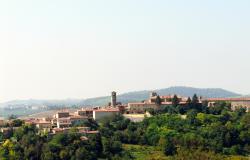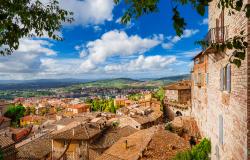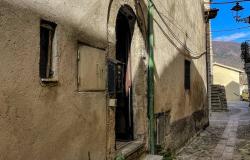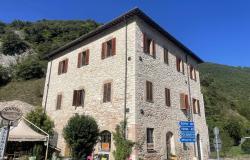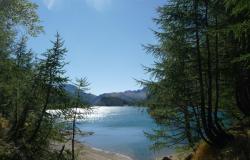Summer has started dramatically early in Italy this year. For several weeks now, temperatures have been above average, following a mild, mostly rain-free winter — one of the driest in decades — especially in the North. As a consequence, Italy is experiencing its worst drought in 70 years, with the Po river, Italy’s longest, at an all-time low. Water levels are so scarce that the river bed is visible in some areas and, recently, remains of a tank from WWII and the ruined walls of a medieval town emerged.
Italian regions are considering declaring a state of emergency and evaluating whether to implement water saving strategies.
The situation is particularly difficult in Piedmont, in the province of Bergamo, in the Parma Apennines, and all along the Po Valley, which has some of the best farmlands in Italy and is the country’s main agricultural producer.
Italy’s news agency ANSA reports that the governor of Piedmont said last week that 170 towns in his region have ordered that water only be used for essential purposes such as for drinking and food preparation, adding that the region is in a “very serious state of emergency for agriculture.” The core of Piedmont is the fertile Po River valley, which also covers Lombardy and Emilia-Romagna, and together provide 40 per cent of Italy's GDP with their crops.
And crops precisely are at risk this year, with over 40% of irrigated land affected by severe or extreme drought in the medium and long term. The Po, which flows eastward across northern Italy from the Alps to the Adriatic Sea for almost 700 km, has been described as a “trickle.”
The lakes of Northern Italy are not doing any better, with Lake Maggiore filled at 20% capacity and Como at 18%. Central Italy’s major rivers like the Arno and the Tiber have half the water they normally do at this time of the year.
The weather forecast for the next few weeks is not encouraging. No significant changes are expected for the next 10 to 15 days. The African anticyclone, dubbed Scipio, which has been stationary over the central Mediterranean since the beginning of May, is expected to persist and keep temperatures at six-seven degrees higher than average. New heat waves have been forecast, with peaks around 38-40 degrees on the northern plains, in the inland areas of Puglia and the two major islands of Sicily and Sardinia.


